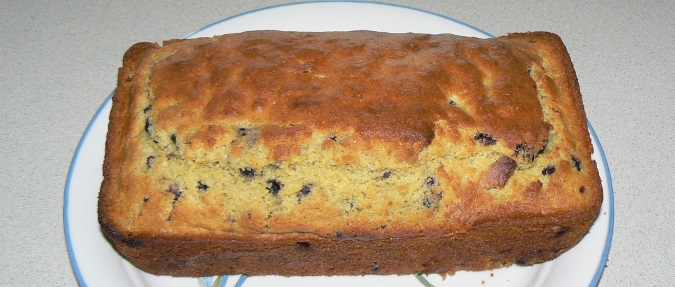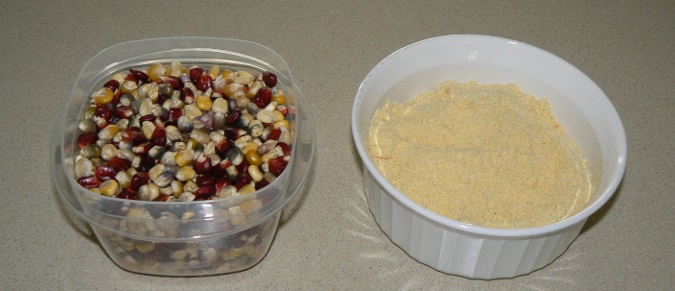 When you think of “cooking wild” you automatically think of great ways to prepare fish and game, and rightfully so. What I think about is how to best utilize and prepare everything that the outdoors has to offer, which doesn’t limit me to fish and game. It also includes berries, roots and other wild edibles. Like my Native American ancestors, I try to live close to the land, with my life revolving around the seasons. I fill my freezer with the game I shoot and the fish I catch, and I preserve much of the crops I grow and what I can gather from the wild.
When you think of “cooking wild” you automatically think of great ways to prepare fish and game, and rightfully so. What I think about is how to best utilize and prepare everything that the outdoors has to offer, which doesn’t limit me to fish and game. It also includes berries, roots and other wild edibles. Like my Native American ancestors, I try to live close to the land, with my life revolving around the seasons. I fill my freezer with the game I shoot and the fish I catch, and I preserve much of the crops I grow and what I can gather from the wild.
My mother taught me the value of using everything and taking advantage of every opportunity. The “dog days” of July and August are the perfect time to pick blackberries and blueberries, all of which are growing wild and are free for the taking. Fighting black flies, ticks, intense heat and humidity, and the occasional black bear, I harvest both low bush and high bush blueberries and blackberries wherever I can find them. Here in New Hampshire black bears enjoy berries as much as we do. There was one time where I was picking high bush blueberries on one side of a patch and a bear was getting its fill on the other side. I didn’t know it was there and it either it didn’t know I was there or just couldn’t care less. As soon as I realized that I was not alone I decided to find another blueberry patch. At least for the rest of this particular day. This article shows how I change ordinary cornbread into something truly special by using these berries.

Cornbread is not cornbread without corn meal. Now I could easily go out and buy processed corn meal, but I prefer “old school” stone ground meal in my cooking, if available. While I do grow a little corn, I don’t grow enough to provide me with enough corn meal. Instead I purchase my meal from a near-by historical group who like the old, simpler ways of doing things, one of which is grinding corn. I know where the corn comes from and I know that there are no chemicals in the meal, which is important to me. While doing things this way is a little more time consuming and labor intensive, I feel that it is worth the effort.
Nobody really knows when corn was brought to New England, but all agree that it is the main ingredient in most Native American cooking. Corn, or maize, is a sacred plant and is one-third of what Native people call “The Three Sisters”, the other two being beans and squash. Like beans and squash, corn is a true “native American”, being brought to other areas of the world by early European explorers.
Using my mother’s recipe for cornbread as my starting point, I did what every cook does; I modified it. My mother never used berries or any other fruit in her cornbread, but that doesn’t mean that I, or you, can’t. Feel free to substitute other types of fruit if blueberries and blackberries are not available. Have fun and enjoy.
Black and Blue Cornbread
Ingredients:
- 1 cup all-purpose flour
- ¼ cup sugar
- 1 cup corn meal
- 4 teaspoons baking powder
- 2 eggs
- 1 cup milk
- ¼ cup of shortening
- 1 ¼ cups of mixture of blackberries and blueberries
Putting it all together:
- Mix all dry ingredients together
- Add eggs, milk and shortening to dry ingredients
- Mix everything together until smooth (while I use wooden spoons and spatulas to do this, feel free to use an electric blender. Just be sure not to overbeat the mixture).
- At this point gently fold in the berries. Don’t be overly aggressive as you don’t want to smash the berries.
- Pour entire mixture into a greased loaf pan and then bake at 350 degrees for about 35 minutes. As every oven bakes differently, I suggest that you check the bread after 25 minutes. Inset a clean better knife into the center. If it comes back in any other condition other than clean then the bread needs to bake longer. Adjust your cooking time accordingly.
By Dana Benner
